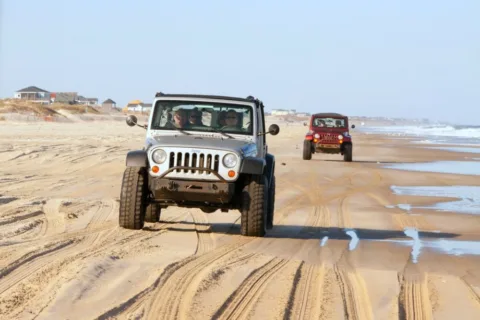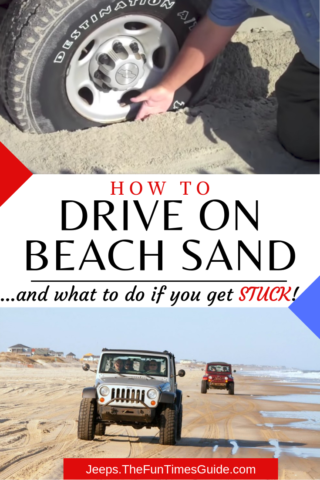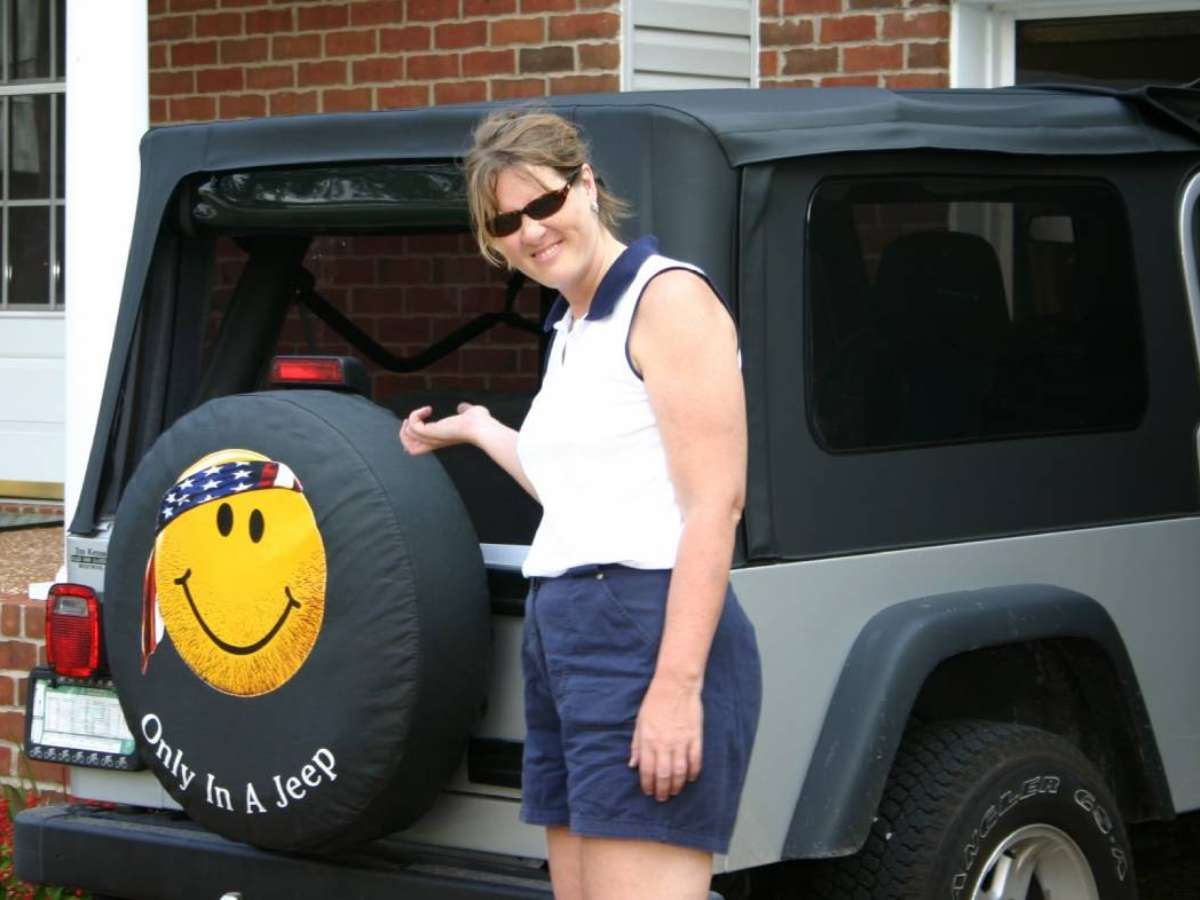If you’ve been Jeeping long enough (and even if you haven’t), chances are you’ve likely witnessed a sorry four-wheel-driving soul become inadvertently stuck in the sand while driving on the beach.
Although we like to think of ourselves as a savvy driving bunch — particularly when it comes to non-paved destinations — Jeep owners, unfortunately, are not immune to getting stuck a time or two ourselves.
With warmer weather setting in and summer just a stone’s throw away, now is a good time for a refresher on some of the basics of traversing sandy surfaces in your Jeep.
There are both do’s and don’ts when it comes to driving on the beach — plus some basic safety steps to follow when driving on sand.
Here’s how to enjoy a stress-free day on the beach in your Jeep…
What To Do Before Driving On The Beach
Before heading out on any sandy or silty terrain, the following preliminary steps are a must right off the bat:
- Make sure it’s legal to drive on the beach where you are!
- Have a 4-wheel-drive permit, if required.
- Have a general sense of the sand density.
While the first point may seem obvious, it’s important to confirm that a particular stretch of beach is open to vehicles before you venture out. This is especially important in notorious beach-driver-friendly areas — such as the Outer Banks in North Carolina, for instance, where certain towns allow vehicle access while others do not. In other words, don’t assume that all beaches in a region are accessible just because one stretch is.
Secondly, some beaches may require you to have a 4-wheel-drive access permit in order to drive on the beach. Using the Outer Banks as an example again, Cape Hatteras National Seashore requires access permits, while the nearby towns of Corolla and Kitty Hawk do not.
Thirdly, knowing the type of sand — and terrain — you’ll be driving on can help stave off any potential problems. For example, is the sand fine and powdery or extremely hard-packed? Different surfaces require different tire pressures. And, are there a fair amount of sand dunes? These can affect your overall visibility while driving.
The Best Beach Driving Tips
Once you’ve gone through the preliminary checklist above, these steps should be followed right before you hit the beach:
- Deflate your tires to between 10 to 15 psi.
- Carry tow straps, a shovel, and a spare tire.
- Have a driving buddy with you, if at all possible.
If you only adhere to 1 of these 3 things, make it the first point — deflate your tires. Doing so is absolutely essential to effectively driving on sand (read: to not get stuck).
When it comes to determining just the right pressure, check your model’s specifications. (I drive a vintage CJ-7 and I’ve found that 12 psi does the trick for me.) It may be a bit of trial and error to come up with just the right psi level — and it also depends on the type of sand you’re driving on — but it’s important to let some air out before you hit the sand!
Additionally, carrying tow straps, a shovel, and a spare tire with you is an important preventive safety measure. It’s actually a requirement in certain areas and during certain times of the year. For example, Cape Hatteras requires beach 4-wheel-drivers to do this, even during the offseason.
Finally, having someone with you while you’re driving on the beach can enhance your safety — because they can act as a lookout for people on the beach as well as obstacles in your driving path. Four-wheeling with a buddy is a good idea during any offroad trip. But when driving on the beach, it can be even more difficult to see people and obstacles that blend into the sand’s natural color.
What Not To Do When Driving On The Beach
Here are a few things you should not do — or should try to avoid — when you’re driving on the beach:
- Park on the wrack line.
- Park close to the water.
- Get stuck!
The wrack line on a beach is the line of accumulated natural debris that is washed up on the sand from the surf at high tide. Because it represents an important food source for beach birds and, therefore, is important to the overall ecosystem, parking directly on top of this material should be avoided.
Secondly, don’t park close to the water. In addition to the obvious reason (rising tide), this area — which contains denser sand — is often the unofficial driving “lane” for off-road vehicles. The best place to park is in the middle of the beach, parallel to the water.
Finally, please (please!) don’t embarrass yourself and give your fellow Jeepers a bad name by getting stuck. If you do, you may find yourself the butt of jokes on social media. A group called Oregon Inlet Idiots has made a name for itself by mercilessly poking fun at drivers who get stuck. As running commentary on their YouTube videos attests to, they are particularly venomous about drivers who are negligent. Hopefully, following the above beach driving tips & tricks will help to guarantee that you successfully avoid getting stuck!
Beaches You Can Drive On
Wondering where you can (and can’t) drive on the beach across the USA? Here are some lists of beaches you can drive on in the United States:
- 18 New Jersey Towns With Beaches You Can Drive On
- The Top 7 Beaches You Can Drive On In The U.S.
- Driving On The Beach In The Outer Banks Of North Carolina
- Tips For Driving On The Beach In Daytona Beach Florida
- 10 U.S. Beaches To Drive On This Summer
Like this post? Save it to read again later… or share with others on Pinterest!





